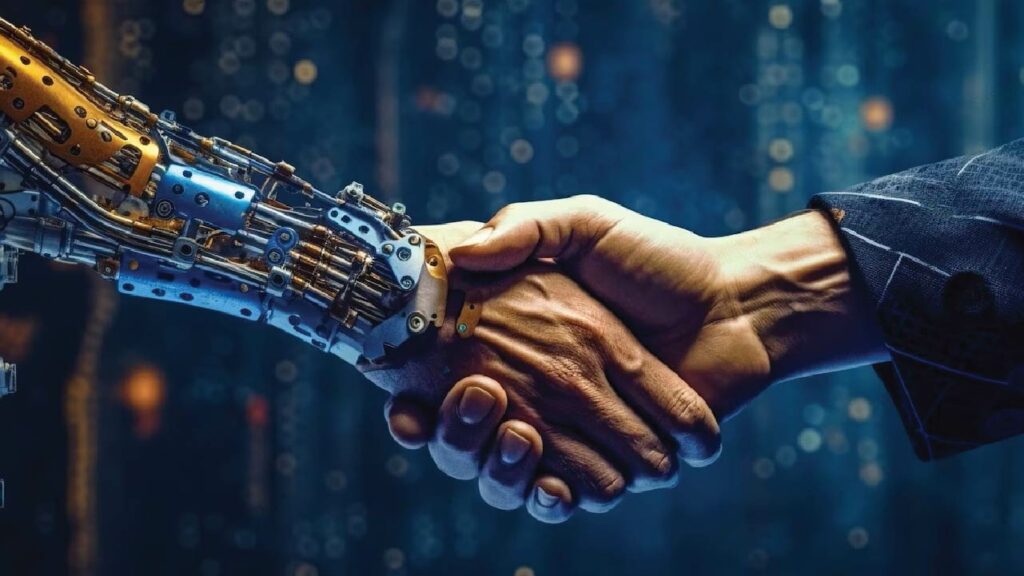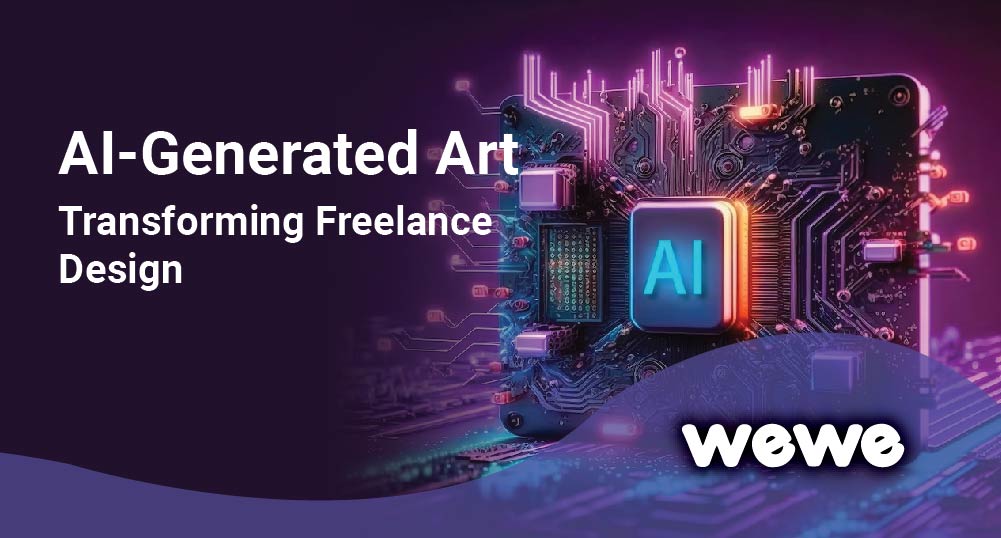
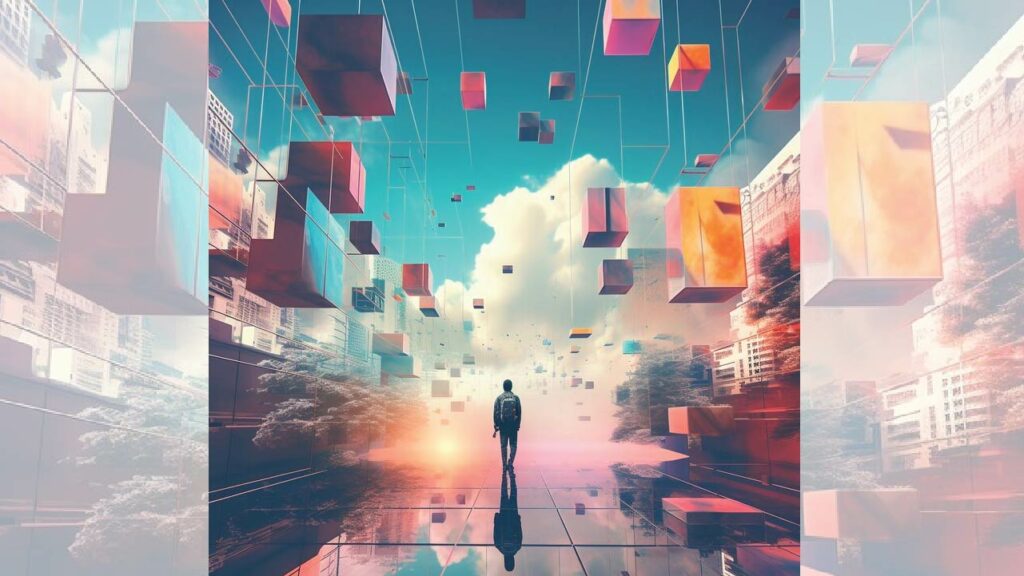
The Rise of AI-Generated Art
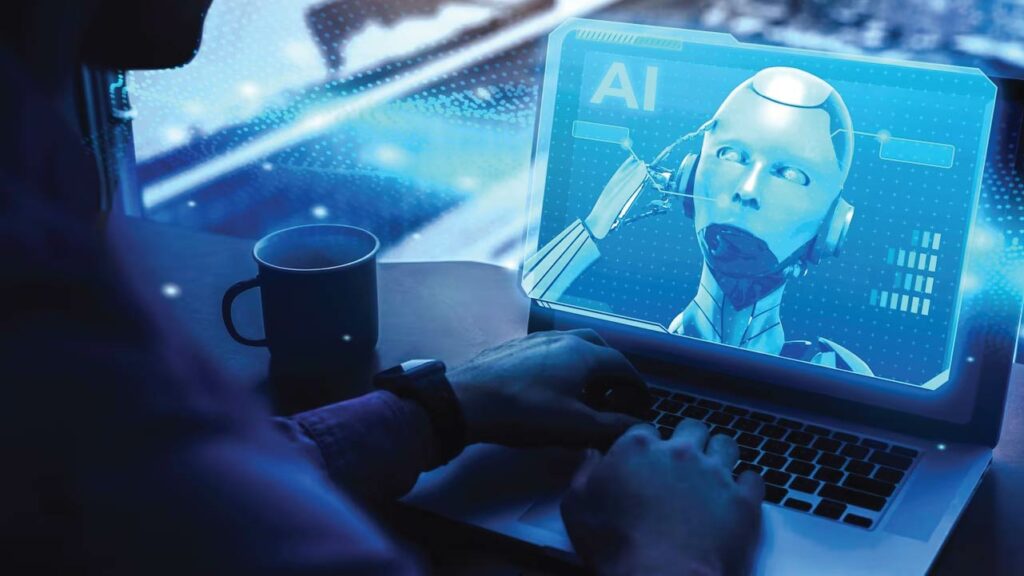
Advantages for Freelancers
Efficiency and Speed: One of the primary advantages of AI-generated art for freelance designers is its ability to create visual content. AI algorithms can accomplish tasks that might take hours for a human designer in minutes, enabling freelancers to meet tight deadlines more efficiently.
Inspiration and Collaboration: AI can serve as a valuable tool for inspiration, providing designers with new ideas and concepts. Additionally, it can facilitate collaboration between human designers and AI, allowing for a symbiotic relationship where technology enhances and complements human creativity.
Consistency in Branding: Because AI provides a degree of consistency in design aspects, it is much simpler for freelance designers to continue providing their customers with a consistent visual identity. This consistency is of the utmost importance, particularly for companies working to create and enhance their brand image.
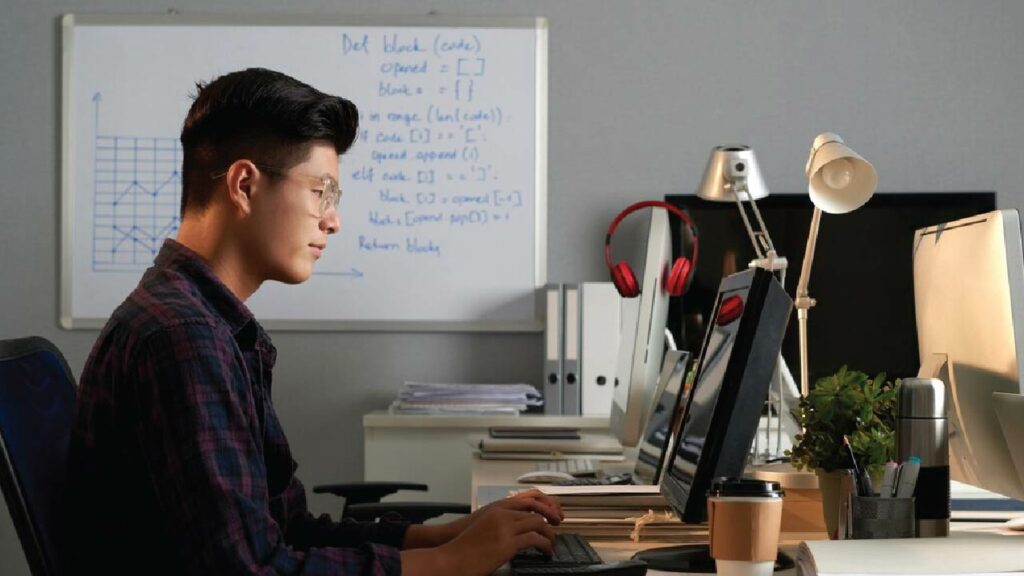
Challenges Faced by Freelancers
Job Displacement Concerns: Concerns have been raised in the design sector over the potential for AI to supplant human workers as the technology advances. It is possible that AI-generated designs would increase the level of competition faced by freelance designers, which raises doubts about the future need for human designers.
Maintaining Authenticity: While AI can produce impressive designs, some argue it lacks the authentic touch and emotional connection that human designers bring to their work. Maintaining a balance between AI-generated efficiency and human creativity is crucial for delivering designs with genuine artistic value.
Ethical Considerations: Regarding intellectual property and creativity, using AI in design creates some interesting ethical problems. Freelancers are responsible for trailing these factors carefully to guarantee that they conform to ethical standards and safeguard their work from being misused.
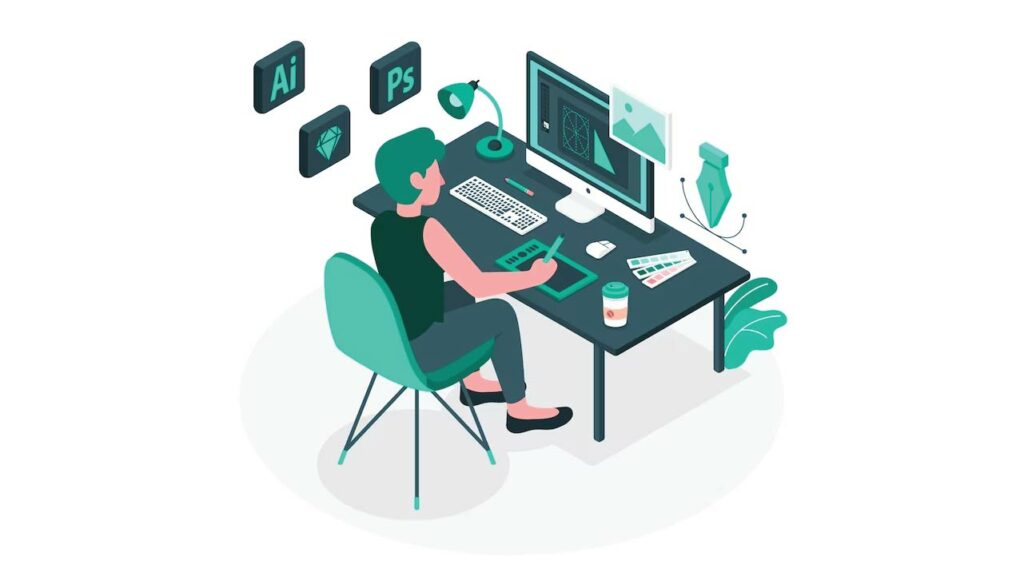
The Future of Freelance Design
